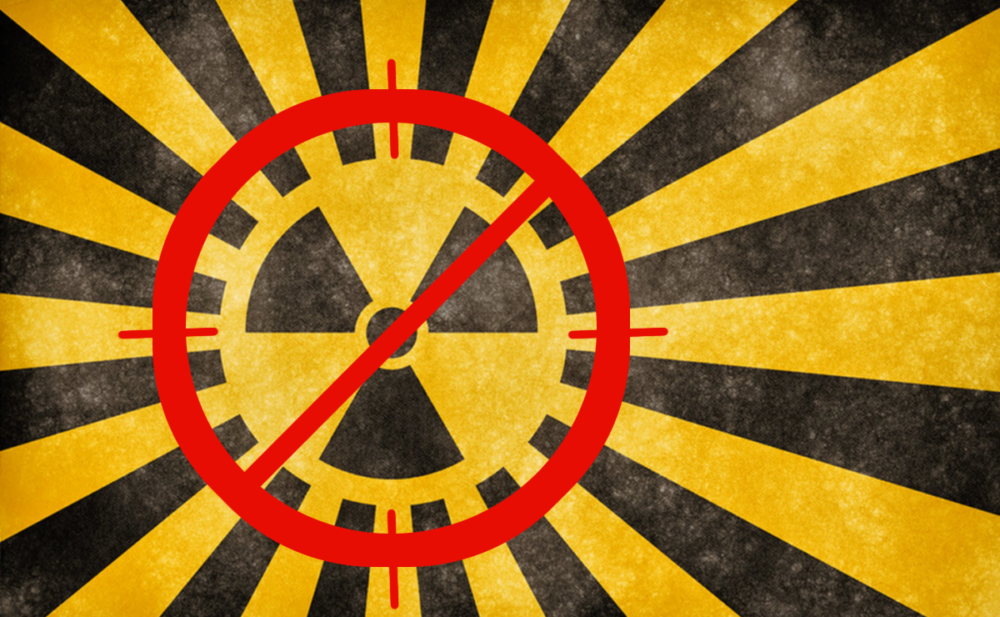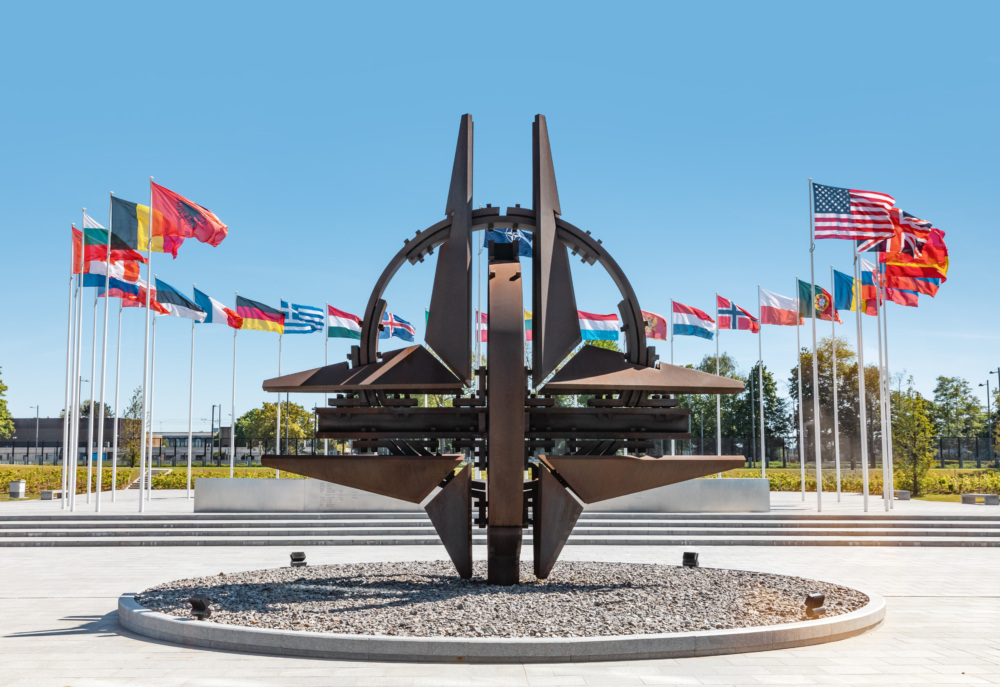On February 14, the Euro-Atlantic Security Leadership Group (EASLG) released a statement, entitled “Twelve Steps Toward Greater Security in Ukraine and the Euro-Atlantic Region.” This fact sheet provides additional background on the origins and intention of the statement.
What is the EASLG?
The EASLG is sponsored by four organizations—the European Leadership Network (ELN), the Munich Security Conference (MSC), the Russian International Affairs Council (RIAC), and the Nuclear Threat Initiative (NTI)—and includes former and current officials and experts from a group of Euro-Atlantic states and the European Union to test ideas and develop proposals for improving security in areas of existential common interest. The EASLG operates as an independent and informal initiative, with participants from more than 15 countries who reflect the diversity of the Euro-Atlantic region.
What is the purpose of the statement?
It is a menu of concrete, practical steps for consideration. Any one or combination of these steps could be taken now or in the future. They are meant to support ongoing diplomacy to address urgent security and humanitarian concerns to reduce and eliminate violence and suffering in this horrific conflict.
How were the steps chosen?
The statement was carefully developed over six months of intensive work by more than 25 EASLG participants, including outside experts.
Who signed the paper?
A group of more than 40 signatories from 13 countries across the Euro-Atlantic region, including: 3 former foreign secretaries, 3 former defense secretaries, 1 former intelligence chief, 1 former energy secretary, 2 former military chiefs of staff, 4 former senior military leaders, one former Senator, 7 other senior NGO leaders, and a number of experts in their respective fields.
Is this a “peace plan?
No. These steps are a menu of options for addressing urgent security, humanitarian, economic, and political concerns in support of the ongoing peace process including discussion within the Normandy format talks (France, Germany, Russia, Ukraine), the Trilateral Contact Group (Ukraine, Russia, and the Organization of Security and Cooperation in Europe), and other diplomatic exchanges.
What has been said by critics, and what is the response of the EASLG?
While the EASLG statement was never designed or intended to be a comprehensive peace plan or history of the conflict, some critics have mistakenly presented it that way or faulted individual steps. However, many of those same critics also say, “Most of the 12 recommendations from the Euro-Atlantic Security Leadership Group—if faithfully implemented by all parties—are constructive and could both serve as confidence-building measures and alleviate the difficulties and suffering endured by the population in or near the occupied Donbas.” The EASLG is open to constructive dialogue and discussion on these steps and other ideas focused on addressing the human suffering caused by the conflict and building the confidence required for mutual security in the Euro-Atlantic region.
###



